Science Shop
Advertisement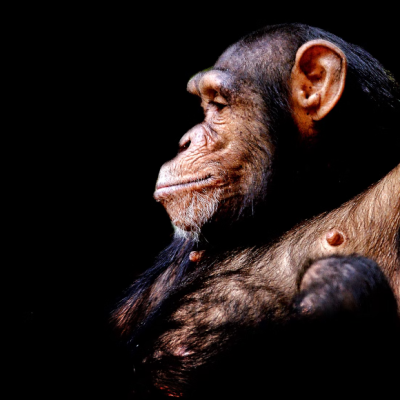
Do Chimpanzees Have Simple Language?
- By Rolf Lewis
- . May 24, 2022
The vocal communication system of chimpanzees is much more complex than previously thought, potentially indicating that the intelligent primates possess a simple language. Researchers from
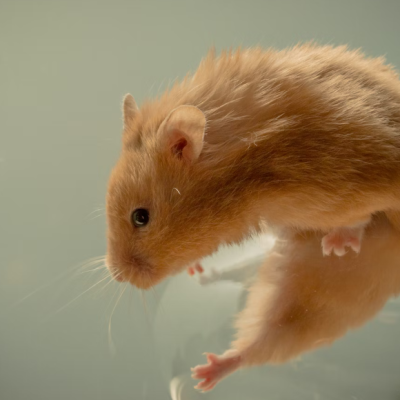
Genetic Experiment Creates Fighting Hamsters
- By Rolf Lewis
- . May 22, 2022
A recent study conducted by the Georgia State University has shown that the gene-editing tool, Crispr/Cas9, does not always produce the desired results. The researchers

Does Breed Affect Dog Behavior?
- By Rolf Lewis
- . May 19, 2022
A recent genetic study conducted in the United States has revealed that a dog’s breed has little to do with its temperament. According to researchers,

Bat breaks long-distance record
- By Rolf Lewis
- . May 11, 2022
A young Nathusius’ pipistrelle bat has set a long-distance record in Europe, surprising researchers. These bats are known to travel long distances, flying in groups

Egg Protein Without Chickens
- By Rolf Lewis
- . April 24, 2022
The Every Company, a San Francisco-based start-up, has successfully produced artificial egg white that is indistinguishable from natural egg white. This breakthrough product does not

Are Vegan Dogs Healthier?
- By Rolf Lewis
- . April 17, 2022
A recent study conducted by the Technical University of Berlin has found that an average dog produces as much CO2 emissions in its lifetime as

Birds’ Navigation to Breeding Grounds
- By Rolf Lewis
- . April 6, 2022
Every year, thousands of bird species migrate from Africa to Europe, covering thousands of kilometers. Upon their return, they manage to locate their breeding grounds
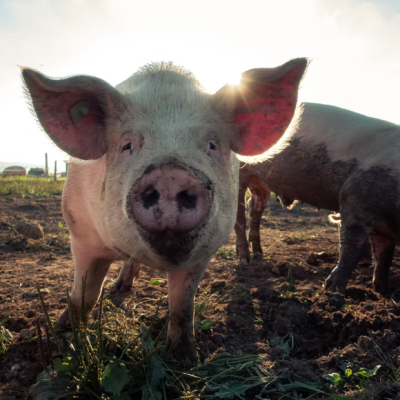
AI detects pig emotions
- By Rolf Lewis
- . April 4, 2022
A new study has shown that artificial intelligence (AI) can detect the mood of pigs based on their sounds. This technology could improve the quality
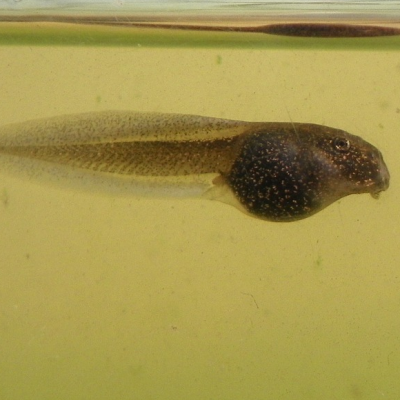
Gill-less Tadpoles Created
- By Rolf Lewis
- . March 20, 2022
Scientists Create Oxygen-Producing Tadpoles through Photosynthesis In a recent study, scientists from the Ludwig-Maximilians-Universität München (LMU) have created tadpoles that produce oxygen through photosynthesis, without
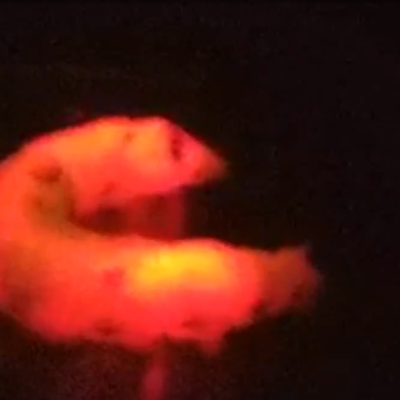
Glowing Silk Moths with Quantum Food
- By Rolf Lewis
- . March 17, 2022
Seidenraupen, die mit Kohlenstoff-Quantenpunkten gefüttert werden, produzieren Kokons und Seide, die unter sichtbarem Licht stark rot leuchten. Die Forschung hat seit Langem versucht, Seidenraupen so









